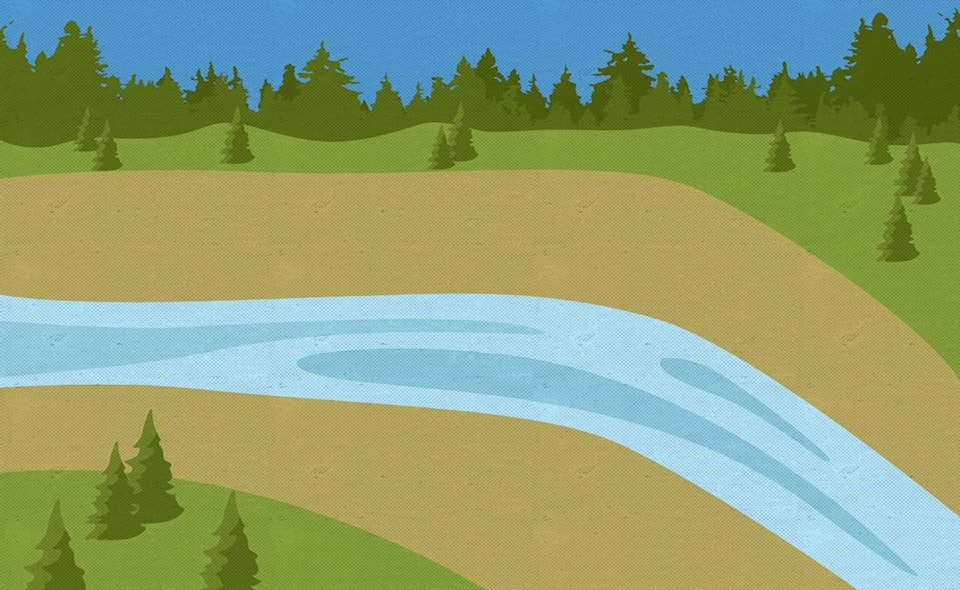The construction of a weir on the Endako River has received authorization from the Department of Oceans Canada (DFO) and is now awaiting provincial approvals, said a representative from Upper Fraser Fisheries Conservation Alliance (UFFCA).
DFO issued the authorization on July 7 and the province’s permitting is ongoing and expected next year, said Lisa Krebbs who is managing the project on behalf of UFFCA.
The passive rock weir was suggested on the Endako River (at the outlet of Burns Lake) by the UFFCA , an Indigenous fisheries organization in June 2021.
The weir is a structure used to manage the flow of water. In this case rocks will placed across the river to slow the release of water from Burns Lake and Decker Lake during the summer, resulting in increased flows in the Endako River in the fall when chinook salmon and kokanee salmon are spawning.
The idea of a weir on the Endako was first proposed in 1990s when Dennis Ableson, a fish biologist working in the area, began studying the sub-population of Chinook that spawn where Shovel Creek meets the Endako. His findings, along with data from the UFFCA’s research, have shown a serious decline in these Chinook.
READ MORE: Passive weir could be constructed on Endako river
READ MORE: Public engagement over Endako weir construction concludes
Since then, UFFCA has consulted with the Regional District of Bulkley-Nechako and the Ts’il Kaz Koh First Nation (formerly the Burns Lake Band), held public engagement sessions, completed a shoreline and water quality risk assessment and evaluated potential flooding and bank impacts.
High water levels was one of the greatest concerns communicated during public consultations. Following which, experts were called in to conduct further assessments.
“As part of the digital and in person engagement sessions held last year in June and July 2021 we heard that erosion is one of the biggest concerns for Lakeshore residents,” said Krebbs. Following which the UFFCA committed to and prepared an erosion risk assessment and also committed to perform an erosion monitoring program for lakeshore erosion activity prior to the construction of the weir.
Krebbs said that at this time, UFFCA are seeking lakeshore property owners along Burns or Decker Lake that would volunteer to have an erosion monitoring station installed along their shoreline in October.
These erosion monitoring stations consist of four pins (2-foot long wooden stakes) that are installed so that only the top 6” sticks out of the water and these pins can be placed so that they don’t interfere with boat launches or swimming areas.
Those interested in having an erosion monitoring station installed on your property, please contact Lisa Krebs on behalf of the UFFCA at lkrebs@krebsconsulting.ca
READ ALSO: Endako Weir Project impact assessment completed by UFFCA
